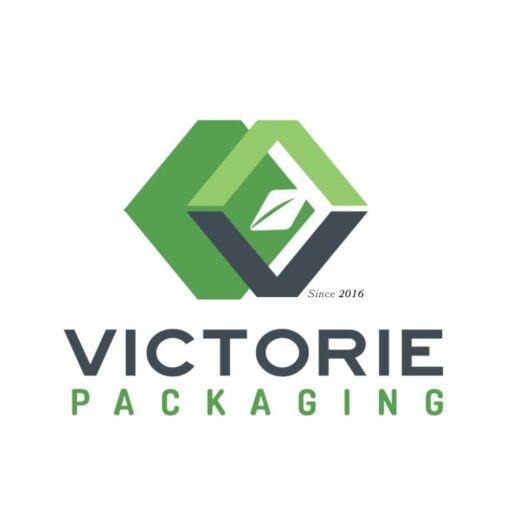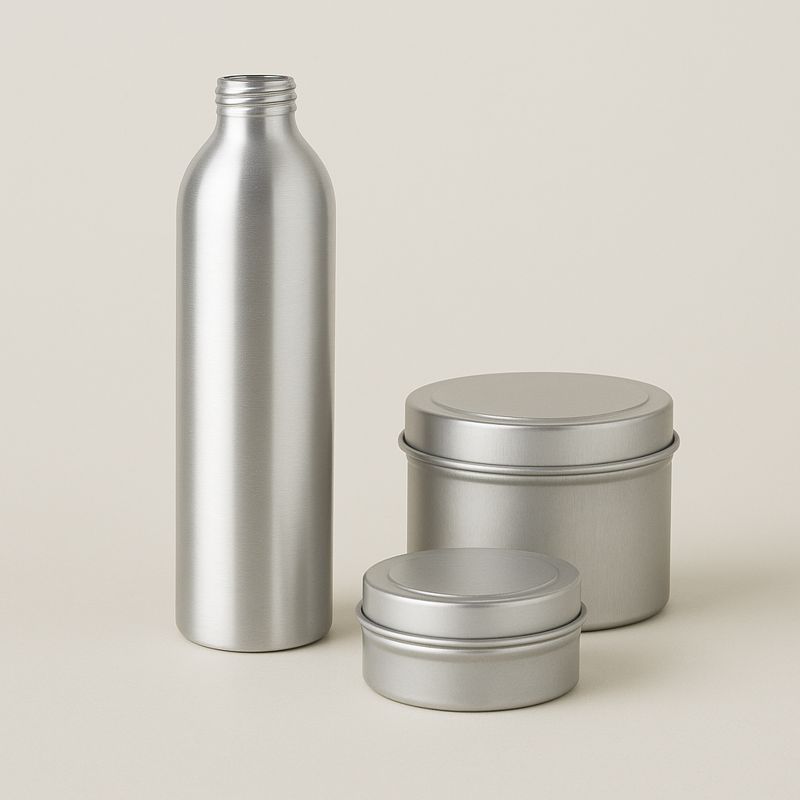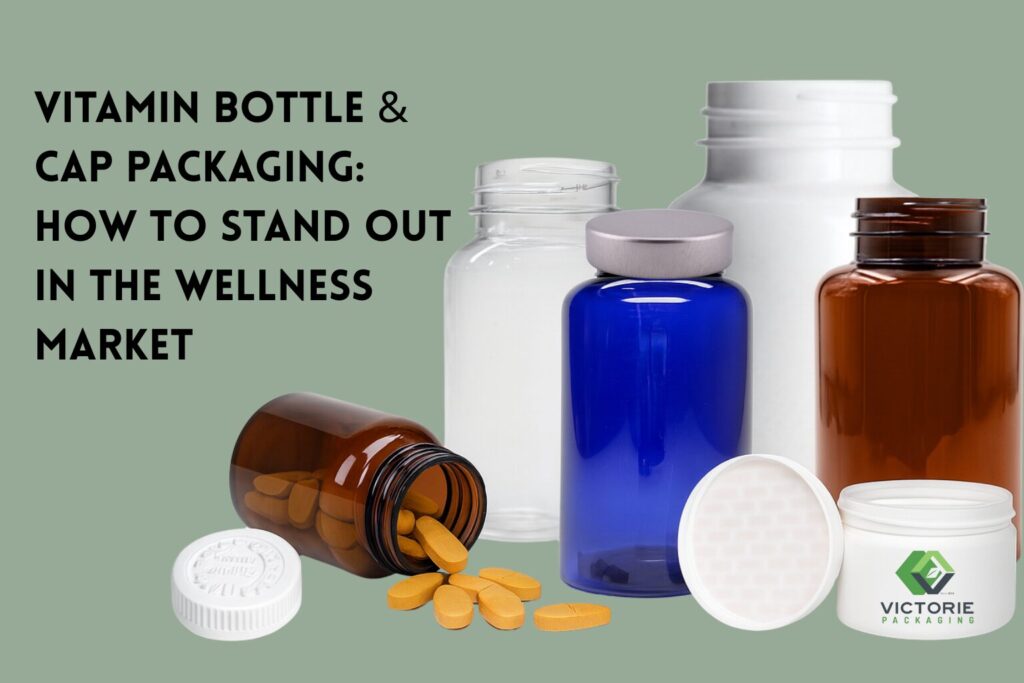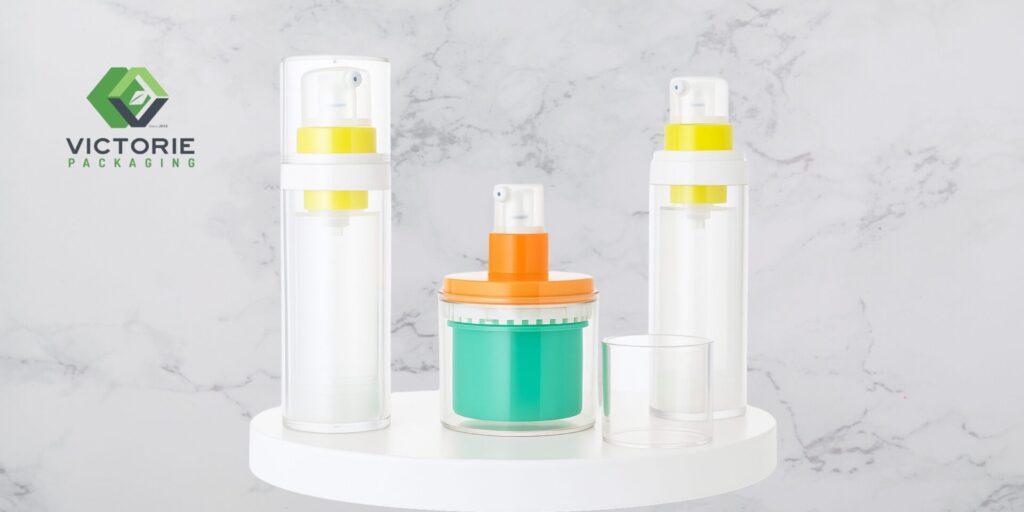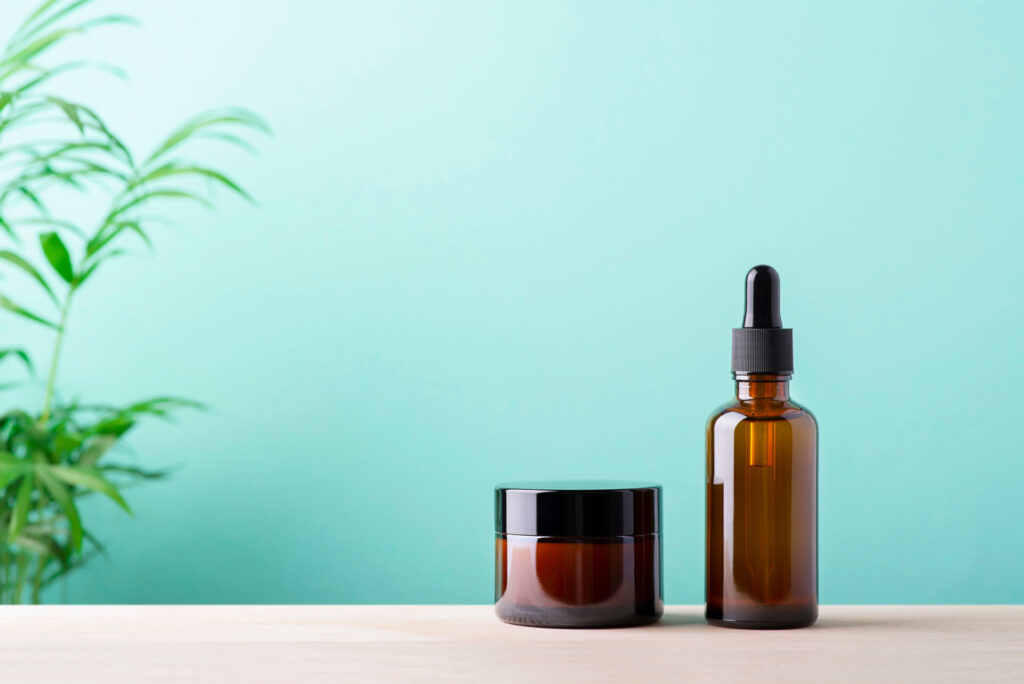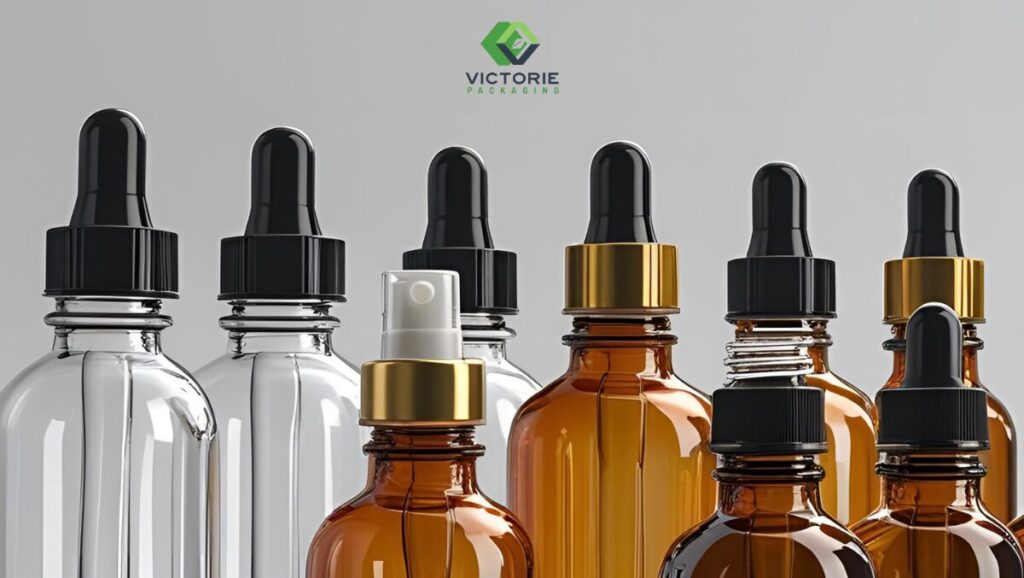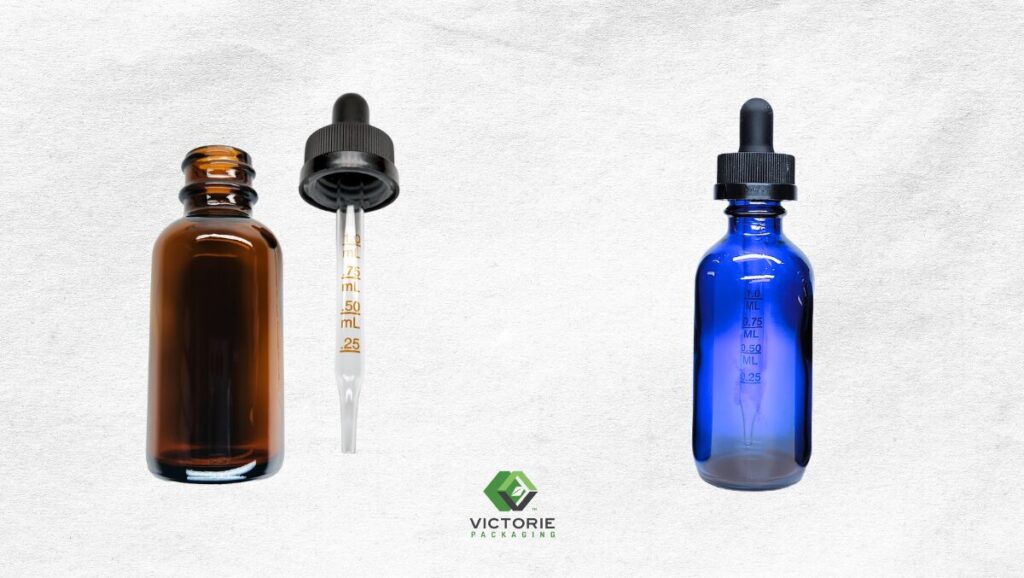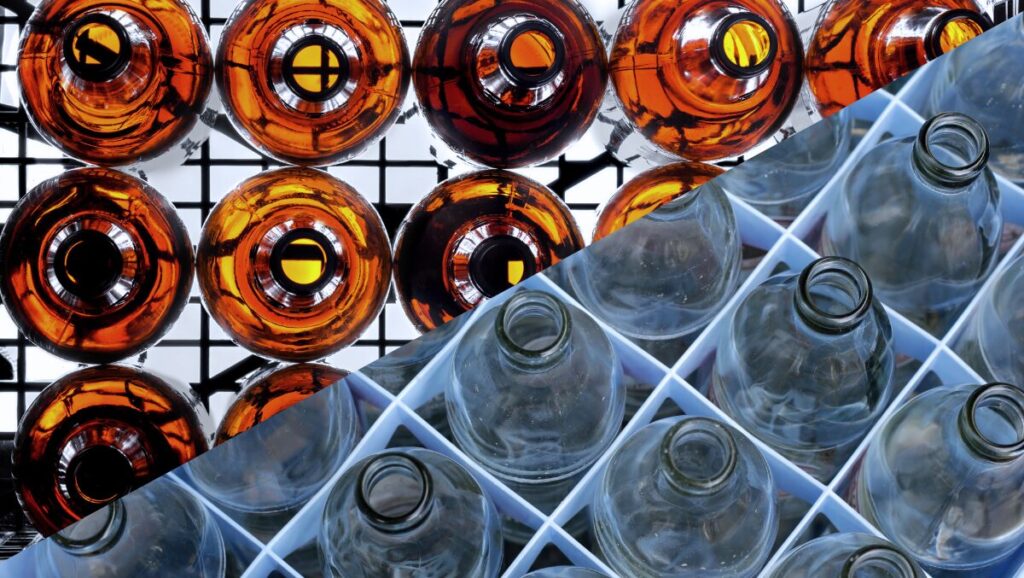Understanding the basic terminology is crucial when determining the right packaging solution for your product. With countless options available, it can be overwhelming to select the right fit. However, knowledge of key terms not only empowers you to make informed decisions but also enhances the value and utility of your content. This guide breaks down essential terminology into four sections: bottles, jars, caps and closures, and flexible packaging. By providing clear definitions and insights into these categories, we aim to ensure that you have the expertise needed to navigate your packaging choices effectively. Let’s dive in and explore how each component plays a vital role in your product’s success.
Bottles
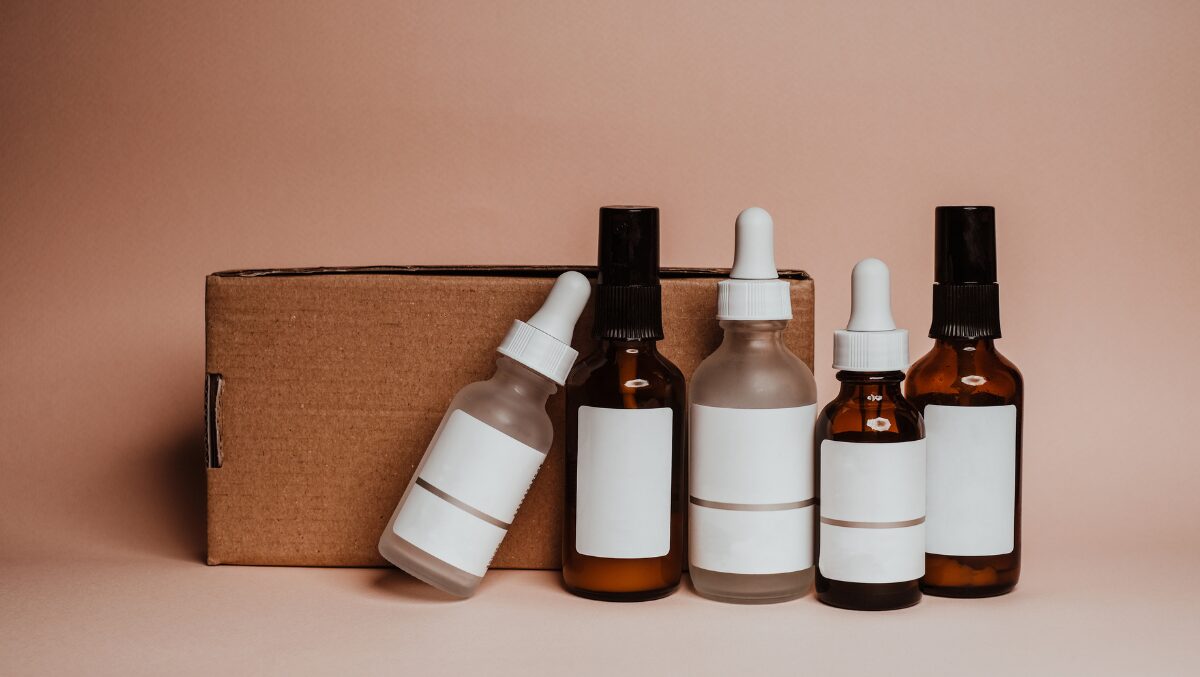
Bottles are one of the most common forms of primary packaging, especially for liquids and semi-liquids. Here are the essential terms to know:
Neck Finish: The design of a bottle’s opening that determines the type of closure (cap or lid) that fits. Common neck finishes include dimensions like “20-410,” where “20” is the diameter (in mm) and “410” refers to the threading.
Fill Volume: The amount of liquid the bottle can hold, typically measured in milliliters (mL) or ounces (oz). It differs from the bottle’s total capacity, allowing room for the closure and any expansion.
Shoulder: The part of the bottle where the body starts to curve inward, leading to the neck. Shoulders can be sloped, straight, or rounded, affecting the bottle’s look and how easily the product pours out.
Panel: The flat or slightly curved section of a bottle’s body. This is often used for labeling or branding purposes.
Jars
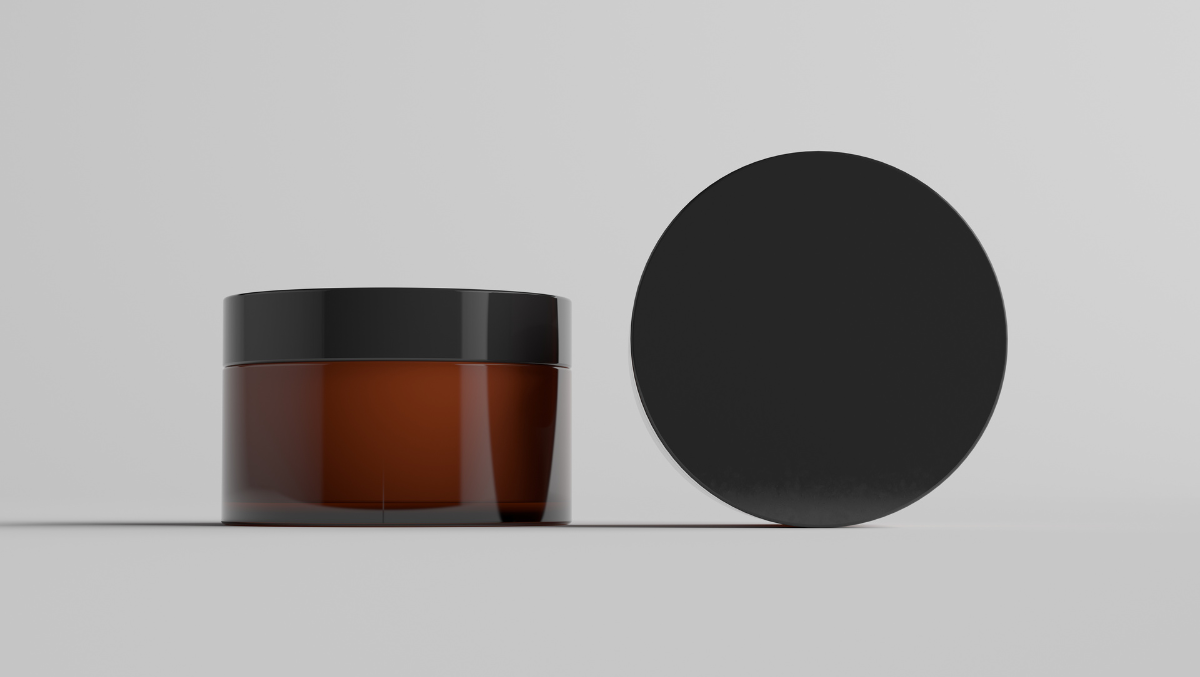
Jars are commonly used for solids, powders, and creams, offering easy access to the product. Here are key jar-related terms:
Tare Weight: The weight of an empty jar, which is important for calculating the net weight of a product.
Double Wall: A type of jar construction that features two layers: an inner jar that holds the product and an outer shell for aesthetics or insulation.
Wide Mouth: A jar with a larger opening, making it easier to fill and scoop out contents. Common in food and cosmetics packaging.
Straight-Sided: A jar design with vertical sides, offering a sleek, modern look and maximizing label space.
Caps and Closures
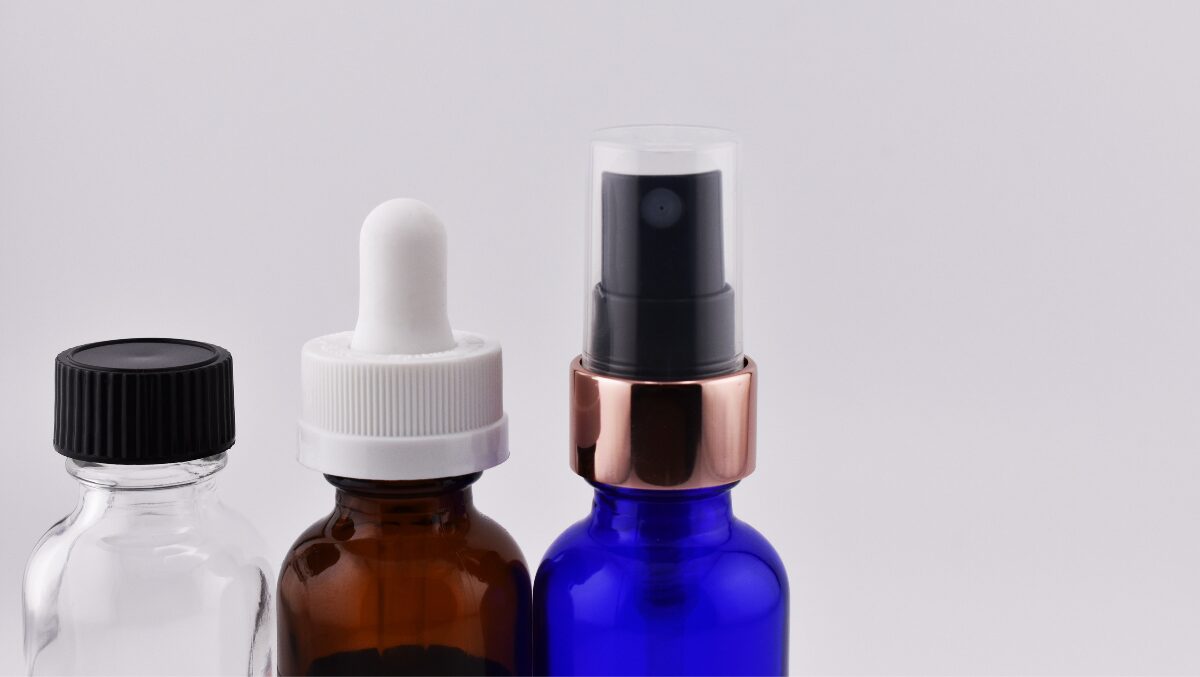
Closures play a critical role in sealing and protecting the product. Let’s explore some common terms:
Screw Cap: A cap that twists onto a threaded bottle or jar. It’s one of the most common types of closures, available in plastic or metal.
Dispensing Closure: A closure that allows controlled release of the product, such as flip-top caps, pumps, and droppers.
Tamper-Evident: A jar with a larger opening, making it easier to fill and scoop out contents. Common in food and cosmetics packaging.
Child-Resistant Cap (CRC): A safety closure designed to prevent children from opening potentially harmful products. These caps usually require a two-step process to open, like pushing down while twisting. Commonly used in pharmaceuticals, chemicals, and household cleaners.
Liner: A material placed inside the cap to create a better seal, preserving freshness or preventing leaks. Common liner types include foam, pulp, or induction seals.
Flexible Packaging
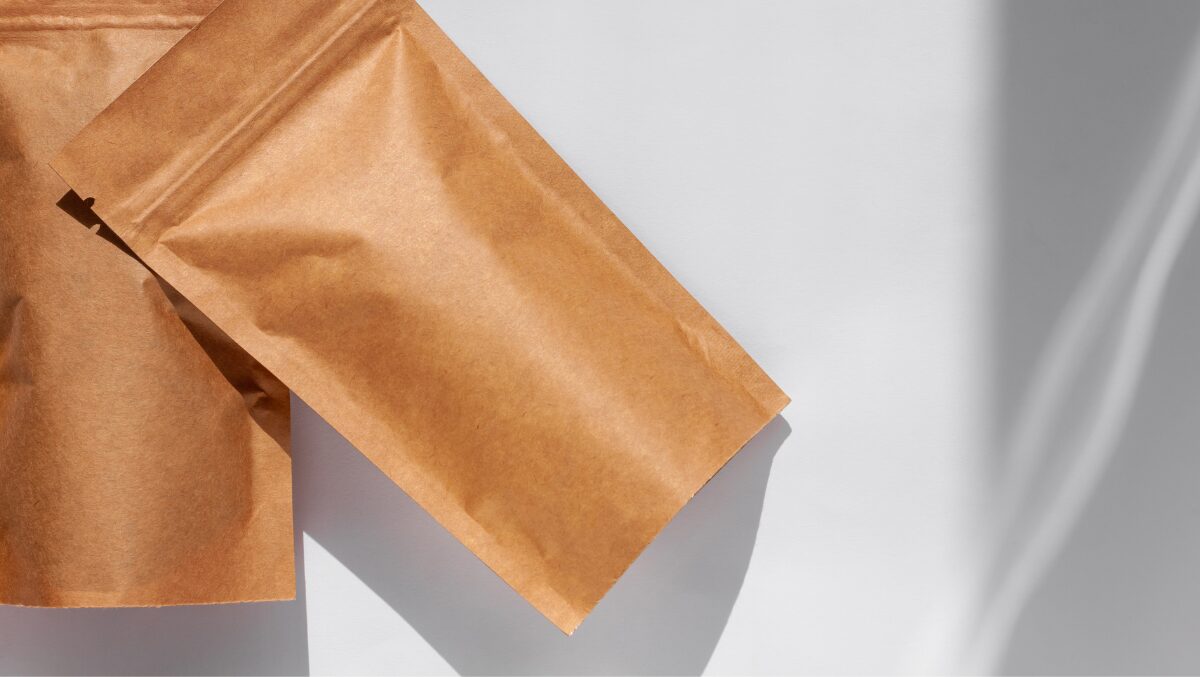
Flexible packaging refers to non-rigid materials used to contain products, often for snacks, liquids, or powders. Here are essential terms:
Barrier Properties: Refers to the material’s ability to protect the product from external elements like moisture, oxygen, or light. High-barrier films are often used for perishable goods.
Stand-Up Pouch: A flexible bag with a flat base, allowing it to stand upright on shelves. Popular for snacks, liquids, and powdered products.
Zipper Closure: A reclosable feature often added to pouches to allow for multiple uses while keeping the contents fresh.
Laminate: Multiple layers of different materials combined to provide various functions, such as strength, barrier protection, and printability.
